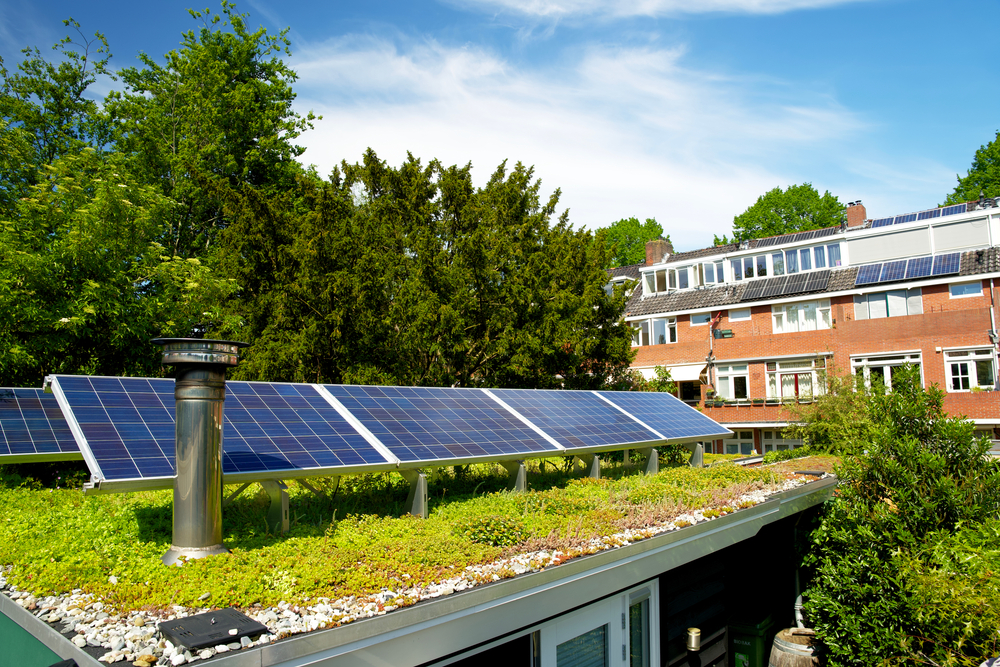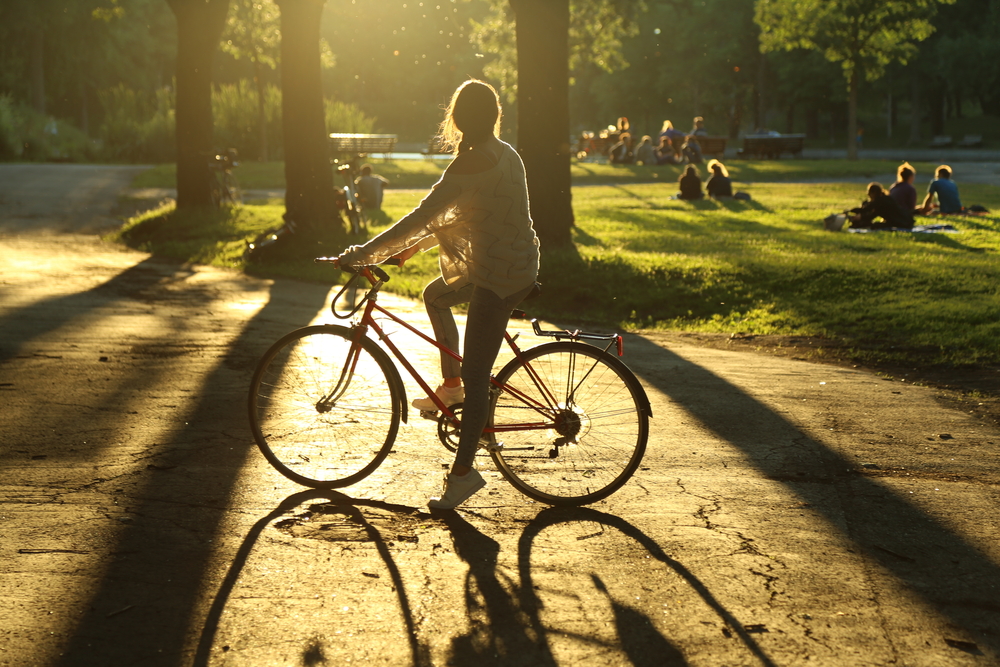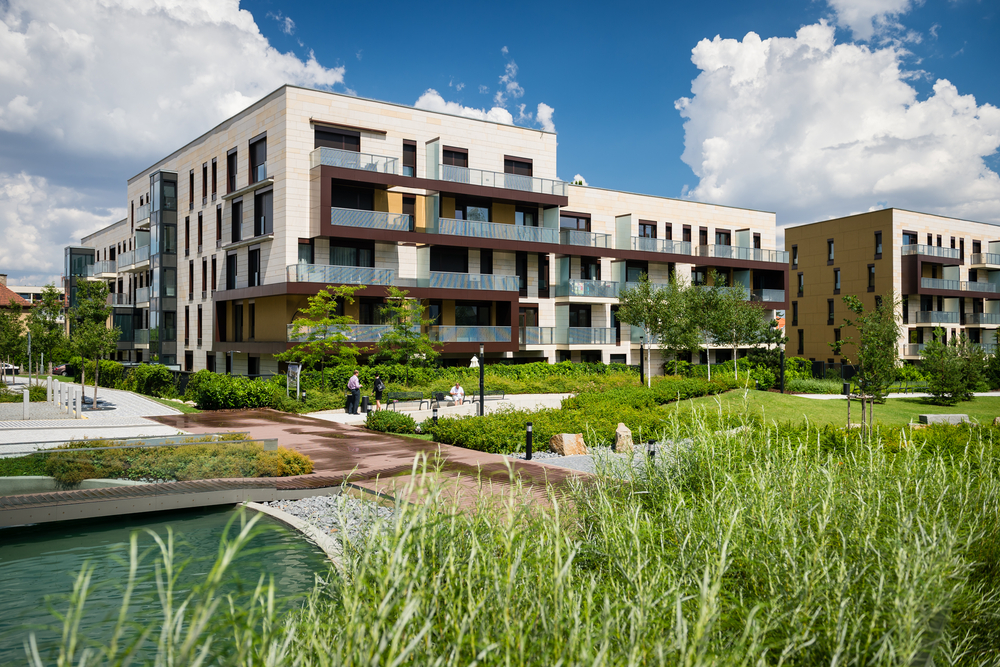Next Saturday, June 18, 2022, the thermometer in France crossed the critical 40-degree bar in several cities. Unfortunately, with global warming, these heat peaks can be more frequent and intense. So how can we anticipate these sudden temperature rises and cool down our cities before they become real ovens? STUDIOS, a collective of architects engaged in developing adaptable, reversible and sustainable buildings, gives us valuable advice.
“The ideal city will certainly be more responsible, more humane and able to create connections between individuals. This includes changing our habits and rethinking the way we use our resources.”, the architect collective explains to POSITIVR. To combat the heat wave and make our cities better for the climate, STUDIOS has come up with ten simple and concrete measures:
- Making the city greener and in particular the roofs † “These roofs are versatile: urban vegetable gardens, flower gardens for bees, insect habitats, perches, hives, space for leisure, socializing, catering, sports…”
- Choose light colors : white zinc, etc.
- Restructure instead of building new buildings
- Making buildings reversible : stop building to deconstruct.
- Developing mixed programs : by combining housing, offices, shops and services. “We need to design buildings that are able to accommodate different uses at the same time or adapt to different programs throughout their lives.”
“The city of tomorrow can no longer be segmented as it is today between business, residential or recreational areas. You have to mix the uses and not only think on the scale of the city itself, but also that of the neighborhoods.”

- Choose locally organically produced materials : wood, hemp, etc.
- Promote solutions for reuse and recycling of materials : alternative to systemized bitumen in cities, etc.
- Reducing the energy consumption of buildings † “It is also necessary to strengthen the insulation of the envelope and the performance of the facades, to connect the buildings with more efficient urban heating and cooling networks, which centralize high energy efficiency equipment outside the cities.”
- Make buildings self-sufficient † “Systems need to be installed so that buildings produce their own energy, such as photovoltaic panels, etc.”
- Our habits change : limit the air conditioning, etc.
By combining all these solutions, we could hope a reduction in heat in the city of about 2 degrees† If we are far from this goal today, the architects are optimistic. According to STUDIOS, many initiatives are moving in the right direction and these ten solutions can transform our cities. “If we succeed, the city of tomorrow will be more harmonious and human.”
In fifty years’ time, the collective of architects envisions a city where vehicles have (or almost) disappeared and plants bloom on every street corner. “Eliminating lanes and individual parking spaces frees up a very large space that can be vegetated or used for other purposes.”
“By thinking more hybridly about the city, by mixing use in neighborhoods and buildings, the city gets the appearance of a village to make way for conviviality.”

Eco-neighborhoods for a sustainable city
Today, about 70% of the world’s population lives in cities. To welcome all these people, “Every year, about a section of arable land is built up at the expense of farms and forests.” Although reversing this trend is difficult, it is possible to limit it by investing in eco-neighbourhoods. Within these modern and ecological neighborhoods there are parks, water points, pedestrian and bicycle streets, as well as buildings that consume little energy…
“It is up to us to think differently about the city and eco-neighbourhoods are initiatives that are moving in the right direction, they are not only more virtuous but also have a real educational role.”

Together, let’s favor these solutions to make our cities greener and lower carbon.